SPECIAL POLICY: ADJ. 2.3L ENGINE CYLINDER HEAD GASKET

SUBJECT: 2.3L ENGINE CYLINDER HEAD GASKET LEAKAGE
MODELS/YEARS: 1988-91 GRAND AM AND 1990-91 GRAND PRIX MODEL VEHICLES EQUIPPED WITH 2.3L L4 (VIN CODE A OR D)
"This bulletin cancels and supersedes Special Policy Bulletin 91-SM-4, dated January, 1993, which should be discarded. This bulletin was reissed to add a Diagnosis Section and Video Section and changes have been made to the Service Procedure and the labor time.
CONDITION
General Motors has determined that some 1988-91 Pontiac Grand Am and 1990-91 Grand Prix model vehicles built with 2.3L engines (VIN Code A or D; RPO LGO or LD2), may develop a condition of the cylinder head gasket which allows coolant to leak past the head gasket into one or more cylinders. Early evidence of this condition would be a loss of coolant in the coolant reservoir and/or "white smoke" from the tail pipe.
To correct this condition a new cylinder head gasket must be installed using the information and procedure outlined in this revised bulletin.
VEHICLES INVOLVED
Involved are some 1988-91 Pontiac Grand Am and 1990-91 Grand Prix model vehicles built with 2.3L engines (VIN Code A or D; RPO LGO or LD2), within the following breakpoints:
Up To And Year Model Beginning Including ---- ----- --------- --------- 1988 Grand Am JC600002 JC835384 1989 Grand Am KC600001 KC846424 1990 Grand Am LC200001 LC397010 1990 Grand Prix LF200003 LF324805 1991 Grand Am MC500001 MC678150 1991 Grand Prix MF200018 MF300379
SPECIAL POLICY ADJUSTMENT
This special policy covers the condition described above for a period of six years or 60,000 miles, whichever occurs first, from the date the vehicle was originally placed in service, regardless of ownership. The repairs will be made at no charge to the owner. This Special Policy Adjustment applies ONLY to repairs requiring head gasket replacement as a RESULT of the head gasket leaking coolant into engine cylinders; it does NOT cover other conditions which may necessitate replacement of the head gasket.
OWNER NOTIFICATION
Owners were notified of this special policy on their vehicles by Pontiac Division January, 1993 (copy of owner letter included with this bulletin).
OWNER REIMBURSEMENT
Customer claims for reimbursement on previously paid repairs to replace the cylinder head gasket as a result of the gasket leaking coolant into cylinders, were to be submitted by June 30, 1993 for all states except Virginia, Connecticut and Wisconsin. Virginia, Connecticut and Wisconsin owners have up to two (2) years from the date on the repair order to submit for reimbursement. Repairs must have occurred within six years of the date the vehicle was originally placed in service, or 60,000 miles, whichever occurs first.
DIAGNOSIS
NOTICE: ONE OR MORE OF THE FOLLOWING FOUR (4) CONDITIONS LISTED BELOW MAY INDICATE A FAILED HEAD GASKET.
The following inspections may be performed to verify that there is a concern with the head gasket.
1. Confirm that there is coolant loss with no external leaks.
2. Check for bubbling in the coolant recovery or surge tank.
3. White smoke from exhaust system WHEN VEHICLE IS AT NORMAL OPERATING TEMPERATURE.
4. Remove spark plugs from a cool engine, refer to Section 6D4.
0 Inspect cylinder by looking through the spark plug hole. Water or coolant in the cylinder or a washed (clean) piston may mean there is a concern with the head gasket.
0 Remove ECM fuse and crank engine with spark plugs removed. Water or coolant vapor coming out of the spark plug hole may mean there is a concern with the head gasket.
0 Inspect spark plugs. Green contamination may indicate an internal coolant leak.
5. If steps 1 through 4 give no indication of a head gasket concern, fill the coolant recovery or surge tank. Mark and date the tank at the coolant level. Return vehicle to the owner. Ask the customer not to add any coolant to the system and monitor the coolant level. Have the customer return the vehicle to the dealership if die coolant level is low.
IMPORTANT: Condensation in the oil does not necessarily indicate a head gasket concern if there is no coolant loss. Some condensation in the oil may be considered normal.
SERVICE PROCEDURE
NOTICE: THIS SERVICE PROCEDURE SUPERSEDES ALL PREVIOUS SERVICE BULLETINS AND INSTRUCTION SHEETS FOUND IN THE PARTS KITS.
1. Completely drain the cooling system.
IMPORTANT: The cylinder block, head, radiator and heater core must be completely drained of coolant since the old coolant will be contaminated with combustion residue. Refer to the appropriate section of your service manual for draining procedure.
2. Remove the cylinder head. Refer to the appropriate service manual section.
3. Inspect the timing chain tensioner shoe, refer to Figure 1.
IMPORTANT: On 1988 vehicles, also check the thickness of the backing plate. If the thickness is 2 mm (0.079 in.), replace the tensioner shoe and stud with GM Kit Part No. 12340864. The new tensioner shoe backing plate will be 3.7 mm (0. 146 in.) thick, refer to Figure 1. GM P/N 24570357 will be an updated chain with smooth edges that will reduce tensioner shoe wear.
4. If the tensioner shoe is broken and the chain is worn from contacting the metal surface, use GM kit P/N 12340864 to replace the tensioner shoe and stud, P/N 24570357 to replace the chain and P/N 24570356 to replace the tensioner.
5. Disassemble, clean and inspect the tensioner assembly. Be sure to pay special attention to the oil feed and drain holes, refer to Figure 2. Make sure the oil holes are free of dirt so they will allow proper oil flow. If there is varnish in the tensioner bore or on the plunger that may cause the plunger to stick in the bore, LIGHTLY polish the plunger or bore with SCOTCH BRITE or equivalent. Do not use any other method or technique to clean the plunger or bore. Smooth surfaces will ensure the plunger will not stick in the tensioner assembly until it is needed for assembly in a location (ex. the parts cleaner) where dirt will not get into the oil holes. DO NOT USE ANY CLEANING MATERIAL OR METHOD THAT WILL REMOVE METAL FROM THE PLUNGER OR BORE.
6. Inspect the cylinder head bolts for damaged threads or for damaged heads caused by improper use of tools. Replace head bolts if necessary.
7. Thoroughly clean the cylinder head and block surfaces and check for flatness.
NOTICE: DO NOT USE POWERED ABRASIVE PADS TO CLEAN THE CYLINDER HEAD OR BLOCK SURFACES. A POWERED ABRASIVE PAD MAY DAMAGE THE CYLINDER HEAD AND BLOCK.
A. Carefully remove all gasket material. Use only a plastic or wood scraper. Use Loctite brand "Chisel Gasket Remover" (P/N 79040) or Permatex brand "Gasket Remover" (P/N 4MA), or equivalent. Do not use any other method or technique to remove gasket material.
IMPORTANT: DO NOT USE A TAP TO CLEAN THE HEAD BOLT HOLES.
B. Check cylinder head for flatness. Refer to service manual Section 6A7 for cylinder head checking procedure and specifications.
8. Inspect the cylinder head surface for corrosion or cracks. The combustion seal area will leave a "shadow" mark on the cylinder head (shaded area - Figure 3). If corrosion is evident outside of the outside diameter (OD) of the combustion seal area, (shaded area - Figure 3), the cylinder head may be reused.
9. Clean each head bolt seat boss on the cylinder head. Clean bolt holes in the cylinder block, refer to Figure 4. MAKE SURE THAT ALL PUDDLES OF OIL AND COOLANT HAVE BEEN REMOVED FROM BOLT HOLES OTHERWISE THE TIGHTENING SEQUENCE WILL NOT OBTAIN THE PROPER CLAMP LOAD BECAUSE OF HYDRA-STATIC LOCK. IF THE BOLT HOLES ARE NOT CLEANED THE HEAD GASKET MAY LEAK.
10. Replace the oil flow check valve (see Figure 5) in 1988-89 model year vehicles. Refer to the applicable 1991 model year service manual. The check valve does not need to be replaced in 1990 or newer vehicles or those vehicles where the check valve has been previously replaced.
IMPORTANT: To determine if the check valve has been previously replaced on 1988-89 vehicles, shine a flashlight into the oil check valve. If there are three dimples immediately above the check ball, it is the new style oil flow valve and should not be replaced (see Figure 5).
11. Apply clean engine oil SPARINGLY to the threads and the bottom side of the flange of the bolt (see Figure 6).
NOTICE: The following tightening procedure must be used to assure gasket life. Failure to follow this procedure exactly may result in cylinder head gasket leakage.
12. Install and tighten cylinder head bolts to the N.m (lbs.ft.) specification in SEQUENCE. Refer to Step A in Figure 7 for the specification.
13. After completing Step 12 on all ten bolts, tighten all the cylinder head bolts an additional 90 degrees, indicated in Step B of Figure 7 in SEQUENCE using J 36660.
14. Replace thermostat.
15. Assemble the rest of the engine, refer to the appropriate service manual.
16. Change the engine oil and filter, being sure to use a PF 1225 oil filter, or equivalent.
17. Add two (2) engine cooling system sealer pellets from package, P/N 03634621, to the cooling system.
18. Fill the cooling system. Use a mixture of water and coolant meeting GM specification 1825-M to get a protection level of -37 degrees Celsius (-34 degrees Fahrenheit) to maintain sufficient engine cooling, freezing and corrosion protection. Do not use a mixture that has more than 70% anti-freeze in it.
0 1988 Model Years
a. Disconnect heater inlet hose from engine coolant outlet.
b. Remove pressure cap from radiator and fill with coolant until coolant drains from the engine coolant outlet.
IMPORTANT: This process may take up to 15 minutes.
c. Reconnect heater hose to engine coolant outlet.
d. Start engine.
e. Continue to fill radiator as coolant level drops until the radiator hose at the radiator inlet is hot and coolant level in radiator becomes stable.
f. Fill radiator completely.
g. Install pressure cap.
h. Stop engine.
0 1989-91 Model Years:
a. Remove the top radiator hose from the radiator prior to refilling the coolant.
b. Fill the coolant system until coolant appears at the radiator inlet.
c. Reinstall the top radiator hose to the radiator inlet and continue filling surge tank to the base of the filler neck.
PARTS INFORMATION
To ensure parts are obtained as soon as possible, order them from General Motors Service Parts Operations (GMSPO) on a C.I.O. order, with NO special instruction code, but order on an advise code (2).
Part Quantity Description Number Per Vehicle ----------- ------ ----------- Gasket Kit, Cylinder Head 12354854 1 Engine Cooling System Sealer (Pkg. of Six) 03634621 2 pellets Coolant, Engine (Bulk) 1052754 5 quarts Tensioner Shoe and Stud, Timing Chain 12340864 1 if required Oil, Engine 5W-30 (Bulk) 12345612 4.25 quarts (w/ filter change) Filter, Engine Oil (PF 1225) 25014233 1
VIDEO TRAINING TAPE
Each dealership will be sent one video training tape on the subject of quad 4 head gasket repair at no charge. The video will be mailed early September 1993.
WARRANTY CLAIM INFORMATION
A separate repair order must be used for each vehicle. A completed warranty claim is to be kept as a permanent record of completion.
DEALERS SHOULD SUBMIT WARRANTY CLAIMS FOR CREDIT IN THEIR NORMAL MANNER WHEN THEY PERFORM THE SERVICE AS FOLLOWS: Other Labor Labor Labor Repair Performed FC Operation Hours Hours ---------------- -- --------- ----- ----- Replace Head Gasket - Grand Am 95 T4681 7.2 --- - Grand Prix 6.3 ---
Add Times:
W/Locking Wheel Covers/Nuts (One Or All) 0.1 Clean Parts On Vehicles Over 30,000 Miles if Necessary 0.4 Replace Cylinder Head (If Necessary) 1.4
Customer Reimbursement 95 T4682* -- 0.2**
* Requires Zone Authorization
** 0.2 hour for clerical administration may be applied for in the Other Labor Hours on customer reimbursement claims totaling $300.00 or less.
Parts Allowance: Current dealer price, plus 30% handling allowance.
NOTICE: Labor operation T4681 includes time for changing the engine oil and filter and all items listed under the Service Procedure. Dealer payment for coolant and engine oil may be applied for in the usual manner.
Dear Pontiac Owner:
As the owner of a 1988-91 Pontiac equipped with a 2.3L engine, your continued satisfaction with our product is of utmost concern to us. Your vehicle was provided with a new vehicle warranty which covers certain parts of your vehicle for a specified period. These warranties are of considerable value to you if you should experience problems with your vehicle.
CONDITION:
--------- This letter is intended to make you aware that some 1988-91 Pontiac Grand Am and 1990-91 Grand Prix model vehicles with 2.3L engines may develop a condition of the cylinder head gasket which allows coolant to leak past the head gasket into one or more cylinders. Early evidence of this condition would be a loss of coolant in the coolant reservoir and/or "white smoke" from the tailpipe.
ACTION:
------ Pontiac Division is therefore taking the following action:
We are providing owners with a special coverage. If the above mentioned condition occurs within six (6) years of the date your vehicle was originally placed in service, or 60,000 miles, whichever occurs first, your vehicle will be repaired for you at no charge, including the waiving of any deductible that might normally apply.
This is not a recall. Do not take your vehicle to your Pontiac dealership as a result of this letter unless you believe you have a condition as described above.
REFUND:
------ (Statement for all states except as shown below.)
If you have already paid for some or all of the cost to have a head gasket replaced and your mileage and in- service time was less than 60,000 miles/6 years, you should contact your Pontiac Dealer Service Department to seek reimbursement. Please provide your dealer with your original paid receipts or invoices verifying the repair, the amount charged, proof of your payment and date of payment of those charges by June 30, 1993.
(Statement for Virginia, Connecticut and Wisconsin.)
If you have already paid for some or all of the cost to have a head gasket replaced and your mileage and in- service time was less than 60,000 miles/6 years, you should write to Pontiac Division, One Pontiac Plaza, Room 317B, Pontiac, MI 48340 to seek reimbursement. Please provide your original paid receipts or invoices verifying die repair, the amount charged, proof of your payment and date of payment of those charges. This information must be provided within two (2) years after the date on which you paid for the repair.
CONTACTING YOUR DEALER:
Repairs and adjustments qualifying under this special coverage must be performed by a Pontiac dealer. We suggest that you go to your selling or servicing dealer, but you may select any Pontiac dealer. You may want to call the dealer service department first to find out how long they will need to have the car so that you can schedule the most convenient time for yourself. This will also allow your dealer to order parts if they are not in stock. Keep this letter with your other important glovebox literature for future reference.
HOW LONG WILL IT TAKE TO REPLACE A HEAD GASKET?
The time needed to replace a head gasket is about eight (8) hours. Due to scheduling and processing time, your dealer may need to keep your car overnight.
We regret any inconvenience that you may experience: however, we have taken this action in the interest of your continued satisfaction with our products.
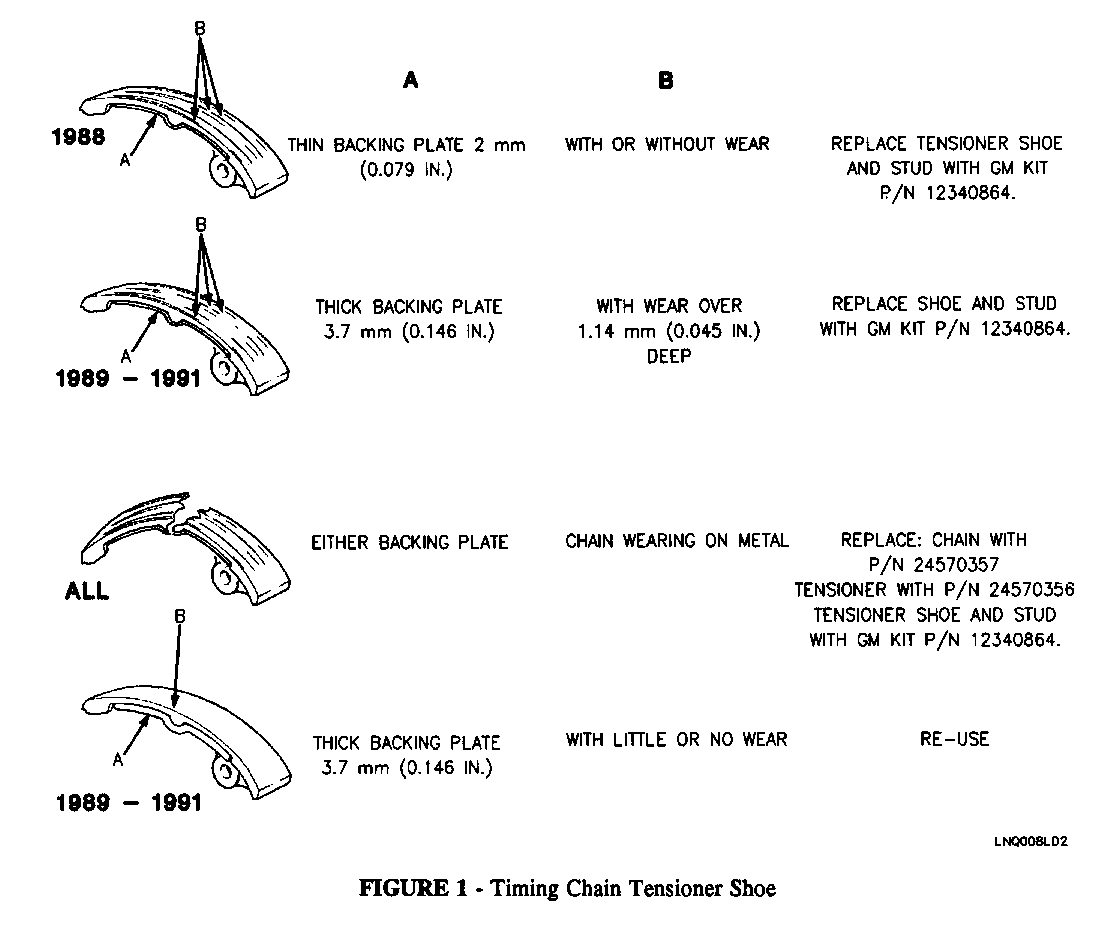
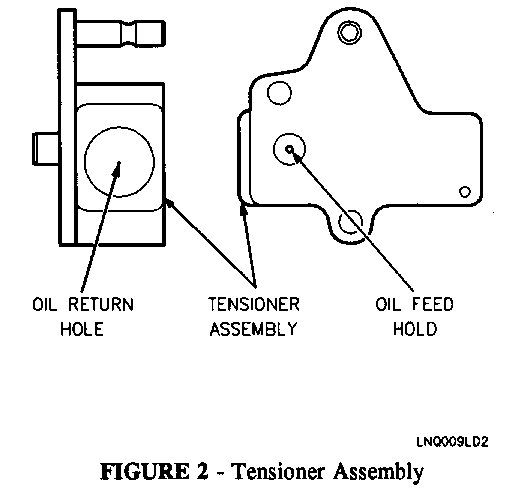
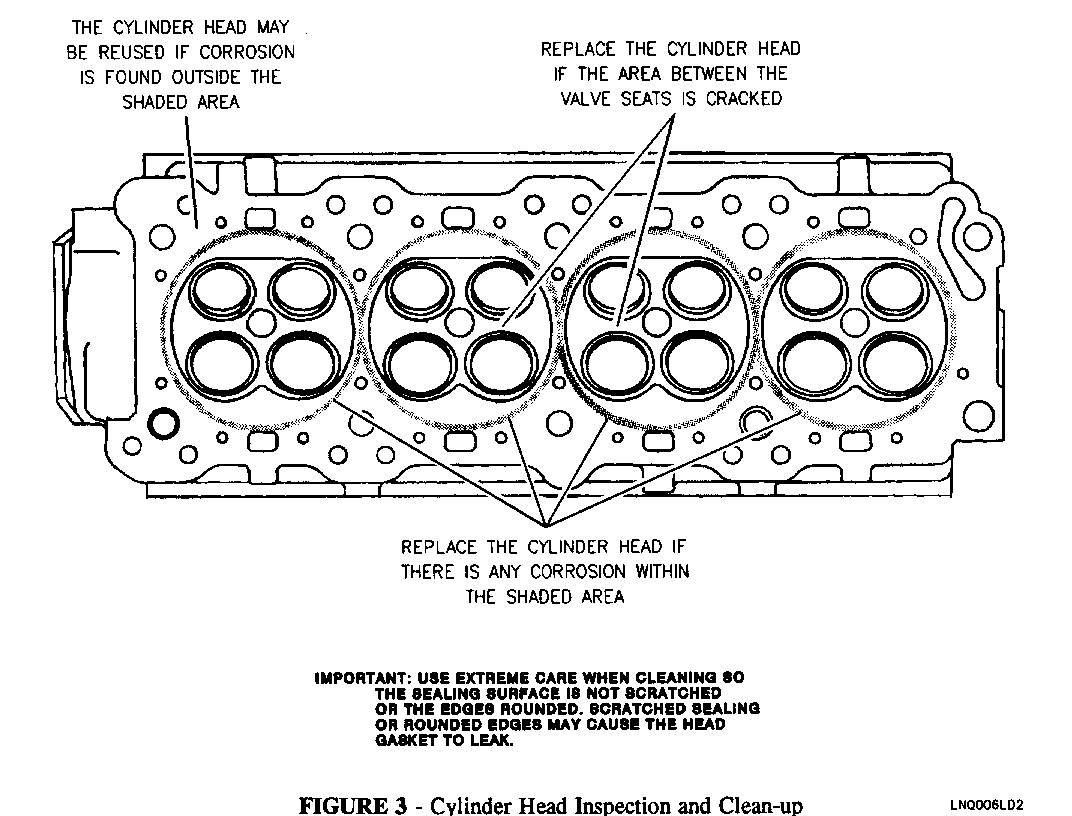
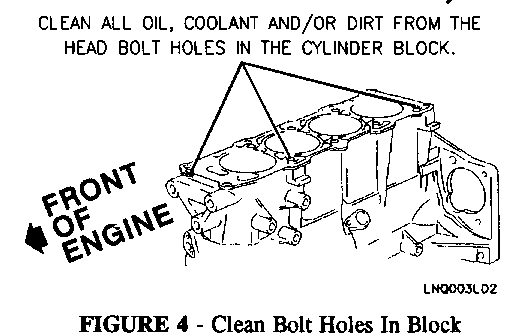

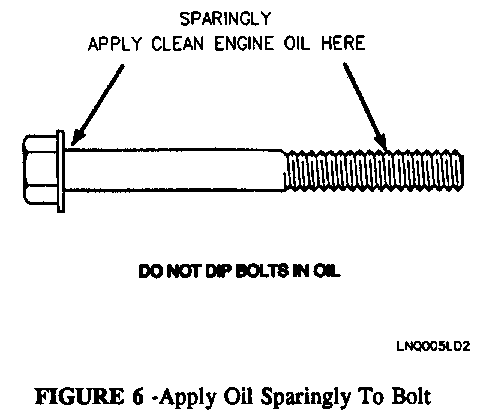
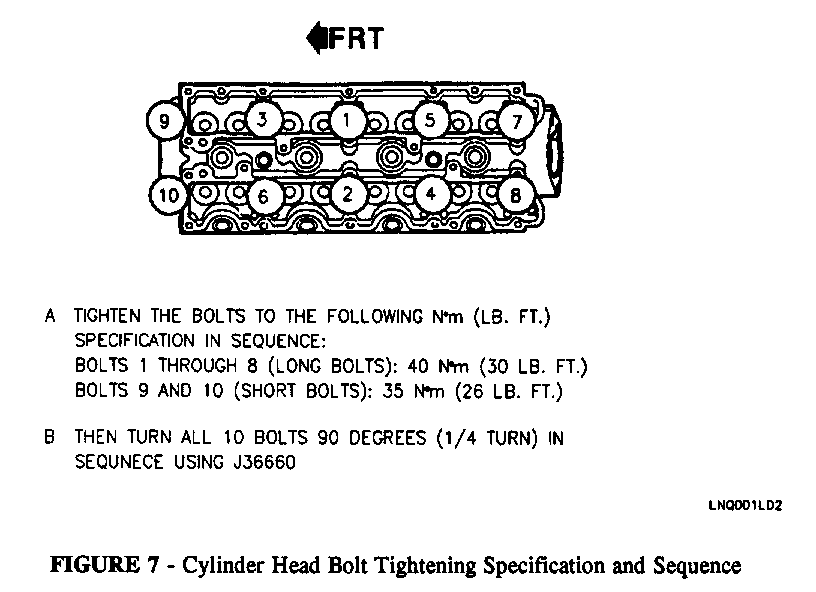
General Motors bulletins are intended for use by professional technicians, not a "do-it-yourselfer". They are written to inform those technicians of conditions that may occur on some vehicles, or to provide information that could assist in the proper service of a vehicle. Properly trained technicians have the equipment, tools, safety instructions and know-how to do a job properly and safely. If a condition is described, do not assume that the bulletin applies to your vehicle, or that your vehicle will have that condition. See a General Motors dealer servicing your brand of General Motors vehicle for information on whether your vehicle may benefit from the information.
